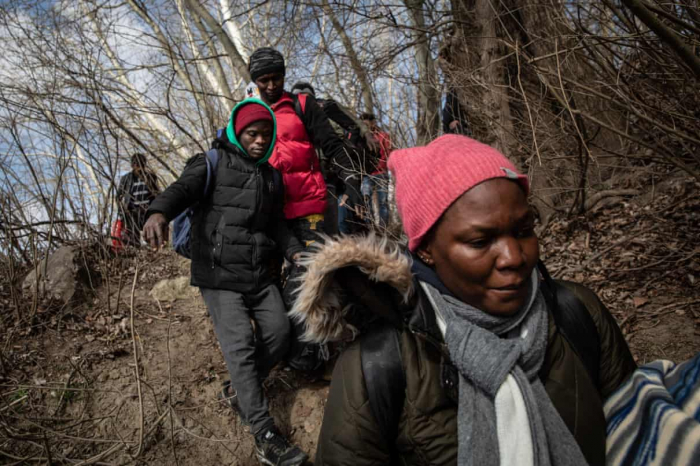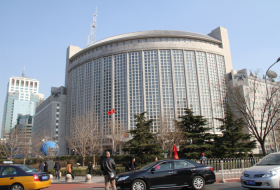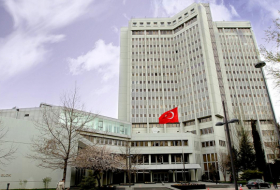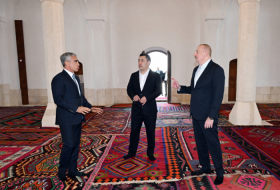Coronavirus is predicted to push more than 1 million people from their homes across the Sahel, creating havoc in an already highly fragile region, according to new forecasting software.
Burkina Faso, Mali, Niger and Nigeria in west Africa are predicted to see displacement as a result of the increasing conflict, unemployment and human rights abuses brought on by fallout from the coronavirus, the analytical tool developed by the humanitarian group Danish Refugee Council (DRC) has found.
Analysing national factors such as economy, conflict level, climate, governance and food security, the Foresight tool uses open data from sources including the World Bank and the UN to predict forced displacement in a given country.
The software has shown a high degree of accuracy when tested in Afghanistan and Myanmar and has been lauded as a potential game-changer for the humanitarian sector by one of its funders, Denmark’s ministry of foreign affairs.
“What is most impressive about this tool is that it gives us a chance to see the indicators and react much more rapidly to humanitarian needs before they increase conflicts and create tension within governments and between neighbouring countries,” Rasmus Prehn, Danish minister for development, told the Guardian.
“This has the potential to be a game-changer because when we talk with humanitarian organisations, they all say that early warning is one of the most important elements of early action. The Sahel is really one of the forgotten conflicts of our time and what we can see is that if we don’t do anything now, we will end up having a lot of displaced persons. This is our chance to react in a proactive way.”
The number of people forcibly displaced from their homes has doubled within the past decade to nearly 80 million, according to the UN refugee agency (UNHCR). Conflict, lack of human rights and poor governance can increase the likelihood of large-scale displacement by more than 25%.
“Scenario modelling is not a new thing in the humanitarian sector,” said DRC’s secretary general, Charlotte Slente, “it helps us plan and respond efficiently during a crisis – but what this project does for the first time is put our knowledge about what we know creates displacement into a mathematical formula to help us predict when a scenario might arise.
“This is not a tool that can stand alone. It can’t predict whether the displacement will be internal or across borders, and it obviously needs to be paired with technical and expert knowledge about development in a given country.
“But it does open up the opportunity to use big, open-source data to give us qualified estimates of how many displaced people we can expect to see in a country over the next one to three years. It allows us to plan ahead and that is very important for organisations like ours. If you can intervene early in a humanitarian emergency, it becomes more efficient and cost-effective in getting assistance and funding ready.”
The tool does have its limitations, said DRC’s global adviser, Alexander Kjærum, particularly with major or unprecedented displacement, such as the 2017 Rohingya crisis. He said the model was being “continuously refined”.
But he added: “When we compare the accuracy of our tool to the planning figures being used by the humanitarian sector currently, our tool is in most cases more accurate in predicting the developments in forced displacement the coming year.”
James Smith, humanitarian affairs adviser of Médecins Sans Frontières, said that while big data had potential to improve responses, modelling must also be informed by close engagement with at-risk communities.
“While modelling may help to predict the likelihood of displacement, translating this into care for displaced people and people at risk of being displaced requires access and significant investments in the capacity to respond,” he said.
The Guardian
More about: displacement
















































